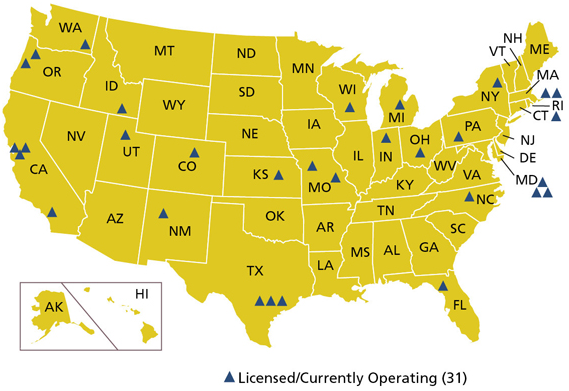| << Chapter < Page | Chapter >> Page > |
This project aimed to identify production patterns in this ceramic group and explore the degree of standardization, localization, and scale of production from 14 sites throughout the Strymonas Valley in northern Greece. A map of the area of interest is provided below in [link] . NCSR “Demokritos” also sought to analyze the variations in pottery traditions by differentiating so-called ceramic recipes. By using NAA, NCSR “Demokritos” was able to determine the unique chemical make-ups of the many pottery fragments. The chemical patterning revealed through the analyses suggested that the 195 samples of black-on-red Neolithic pottery came from four distinct productions areas with the primary production area located in the valley of the Strymon and Angitis rivers. Although distinct, the pottery from the four different geographical areas all had common technological and stylistic characteristics, which suggests that a level of standardization did exist throughout the area of interest during the late Neolithic age.

Additionally, NAA has been used in hematology laboratories to determine specific elemental concentrations in blood and provide information to aid in the diagnosis and treatment of patients. Identifying abnormalities and unusual concentrations of certain elements in the bloodstream can also aid in the prediction of damage to the organ systems of the human body.
In one study, NAA was used to determine the concentrations of sodium and chlorine in blood serum. In order to investigate the accuracy of the technique in this setting, 26 blood samples of healthy male and female donors – aged between 25 and 60 years and weighing between 50 and 85 kilograms – were selected from the Paulista Blood Bank in São Paulo. The samples were initially irradiated for 2 minutes at a neutron flux ranging from approximately 1 x 10 11 to 6 x 10 11 neutrons cm -2 s -1 and counted for 10 minutes using a gold activation detector. The procedure was later repeated using a longer irradiation time of 10 minutes. The determined concentrations of sodium and chlorine were then compared to standard values. The NAA analyses resulted in concentrations that strongly agreed with the adopted reference value. For example, the chlorine concentration was found to be 3.41 - 3.68 µg/µL of blood, which correlates closely to the reference value of 3.44 - 3.76 µg/µL of blood. This illustrates that NAA can accurately measure elemental concentrations in a variety of materials including blood samples.
Although NAA is an accurate (~5%) and precise (<0.1%) multi-element analytical technique, it has several limitations that should be addressed. Firstly, samples irradiated in NAA will remain radioactive for a period of time (often years) following the analysis procedures. These radioactive samples require special handling and disposal protocols. Secondly, the number of the available nuclear reactors has declined in recent years. In the United States, only 31 nuclear research and test reactors are currently licensed and operating. A map of these reactors is provided in [link] .

As a result of the declining number of reactors and irradiation facilities in the nation, the cost of neutron activation analysis has increased. The popularity of NAA has declined in recent decades due to both the increasing cost and the development of other successful multi-element analytical methods such as inductively coupled plasma atomic emission spectroscopy (ICP-AES).

Notification Switch
Would you like to follow the 'Physical methods in chemistry and nano science' conversation and receive update notifications?